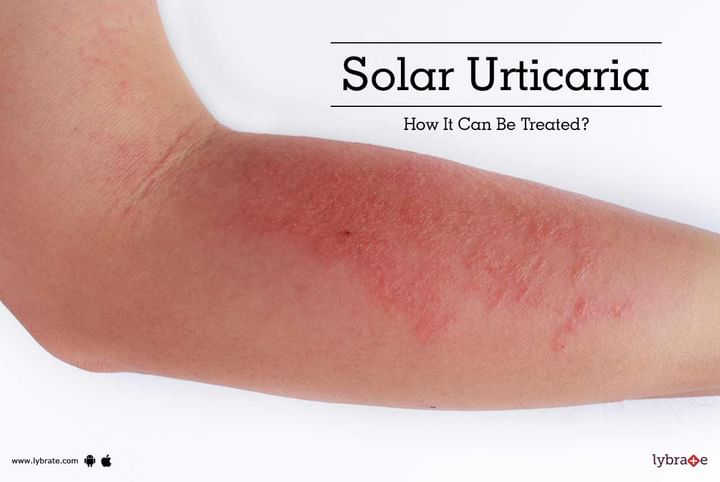Solar Urticaria - How It Can Be Treated?
Allergic reactions to peanuts and shellfish are common, but some people can even be allergic to sunlight or artificial light. This condition is known as solar urticaria and is a very rare condition. This is a complex disorder that is caused mainly by exposure to UV radiation. Solar uriticaria causes the release of histamines on exposure to sunlight that opens up blood vessels and leads to the collection of fluid under the skin. It can develop instantly or after prolonged exposure and can be seen in the form of red, inflamed patches of skin that feel itchy. This is change is not permanent and usually resolves itself when the source of light is removed. If a large area of the skin is affected, it can cause nausea and light headedness.
Minimizing sun exposure is one of the most important parts of treating this condition. Thus patients are often advised to stay indoors between 11am and 3pm. If exposure to sunlight cannot be avoided, protective clothing such as long sleeved tops, trousers and a wide brimmed hat should be worn. Using a broad spectrum sunscreen that offers protection from both UVA and UVB rays should also be used.
In cases where skin change is not instantaneous, antihistamines can be used as a form of treatment. This blocks the immune response and minimizes pruritus. However, it does not completely eliminate the condition. Medicines that suppress the immune system may also be prescribed. If you wish to discuss any specific problem, you can consult a dermatologist.



+1.svg)
